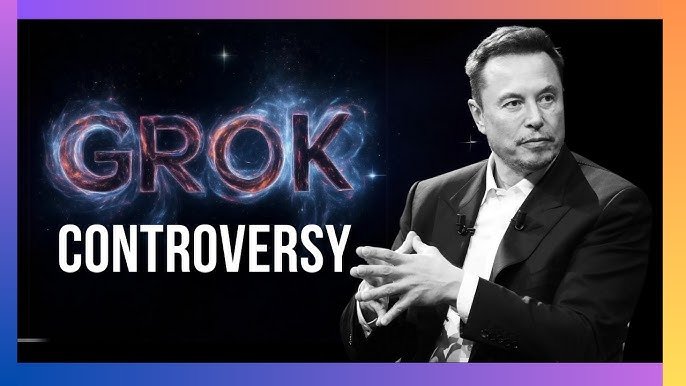In the rapidly evolving world of artificial intelligence, benchmarks serve as critical indicators of a model’s capabilities. Recently, xAI, founded by Elon Musk, introduced its latest AI model, Grok 3, claiming it surpasses leading competitors like OpenAI’s GPT-4o and DeepSeek’s V3 in various domains, including mathematics, science, and coding. These assertions have ignited a heated debate within the AI community, with allegations suggesting that xAI may have manipulated benchmark evaluations to present Grok 3 in a more favorable light.
The Core of the Controversy
The crux of the dispute centers on xAI’s reported performance metrics for Grok 3, particularly concerning the American Invitational Mathematics Examination (AIME 2025) benchmark. xAI’s data indicates that Grok 3 outperforms OpenAI’s o3-mini-high model. However, critics argue that xAI’s evaluation methods may have selectively omitted certain metrics, such as the consensus@64 (cons@64), which could significantly impact the perceived performance outcomes.
Understanding the Consensus@64 Metric
The consensus@64 metric allows AI models to attempt solving a problem up to 64 times, selecting the most frequent answer as the final response. This approach can enhance accuracy on complex tasks by leveraging multiple attempts to arrive at the correct solution. Omitting this metric from performance evaluations can lead to skewed comparisons, as it doesn’t account for the potential improvements gained through multiple attempts.
xAI’s Defense and Industry Practices
In response to the allegations, xAI’s co-founder, Igor Babushkin, contended that selective presentation of benchmark data is a common practice within the industry. He pointed out that other organizations, including OpenAI, have previously showcased metrics that highlight their models’ strengths while potentially downplaying weaknesses. This defense raises broader questions about the transparency and standardization of AI performance reporting across the sector.
The Role of AIME 2025 in AI Evaluation
The AIME 2025 benchmark is designed to assess an AI model’s proficiency in solving advanced mathematical problems. While it offers valuable insights into a model’s mathematical reasoning abilities, some experts argue that relying solely on such benchmarks may not provide a comprehensive evaluation of an AI’s overall performance. Diverse and holistic assessment metrics are essential to accurately gauge an AI model’s capabilities across various real-world applications.
Broader Implications for the AI Industry
This controversy underscores the pressing need for standardized and transparent benchmarking practices within the AI industry. Without universally accepted evaluation protocols, companies might selectively present data that casts their models in the best possible light, potentially misleading stakeholders and consumers. Establishing clear guidelines for performance reporting is crucial to maintain trust and foster genuine advancements in AI technology.
Conclusion
The debate surrounding xAI’s Grok 3 highlights the complexities and challenges inherent in AI performance evaluation. As AI models become increasingly integral to various sectors, ensuring the accuracy and transparency of their performance claims is paramount. The industry must strive towards standardized benchmarking practices that provide a truthful and comprehensive representation of AI capabilities, fostering trust and facilitating informed decision-making among users and stakeholders.

